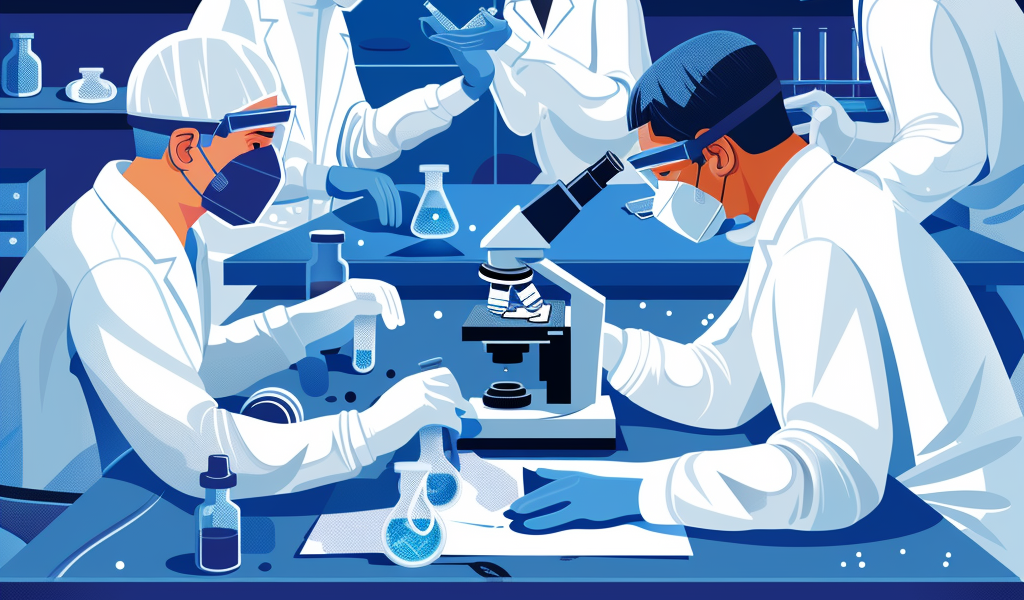Florida dolphin found with highly pathogenic avian flu: Report
The University of Florida researchers, in collaboration with multiple agencies, recently made a significant discovery involving a Florida bottlenose dolphin infected with highly pathogenic avian influenza virus (HPAIV). This finding, published in Communications Biology, marks one of the first instances of mammals being affected by this virus.
The case unfolded when UF’s Marine Animal Rescue team responded to a distressed dolphin report in Dixie County, Florida. Subsequent examination of brain and tissue samples from the dolphin confirmed the presence of HPAIV, making it the first documented case of HPAIV in a cetacean in North America.
Initial analyses conducted at UF’s zoological medicine diagnostic laboratory ruled out other potential disease agents, with the Bronson Animal Disease Diagnostic Laboratory in Kissimmee, Florida, confirming the presence of HPAI virus in the lung and brain tissues. Further validation came from the National Veterinary Services Laboratory in Ames, Iowa, which identified the virus subtype as HPAI A (H5N1) virus of HA clade 2.3.4.4b.
Additional investigations took place at the Biosafety Level 3 enhanced laboratory at St. Jude Children’s Research Hospital in Memphis. Allison Murawski, D.V.M., a former intern with UF’s aquatic animal medicine program and the first author of the study, collaborated with Richard Webby, Ph.D., from St. Jude’s World Health Organization Collaborating Center for Studies on the Ecology of Influenza in Animals and Birds.
Webby’s laboratory specializes in avian influenza research across various species and played a crucial role in determining the virus’s origin, RNA characteristics, mutations, and its potential to infect other mammals. By sequencing genomes from local birds and examining viruses from Northeast seal populations, the researchers aimed to track the virus’s source and understand its transmission.
Despite the progress made, the exact source of the virus in the dolphin remains unknown, emphasizing the need for further research in this area. Webby highlighted the importance of this investigation in enhancing our understanding of the virus and underscored the role of curiosity and chance in scientific discoveries.





